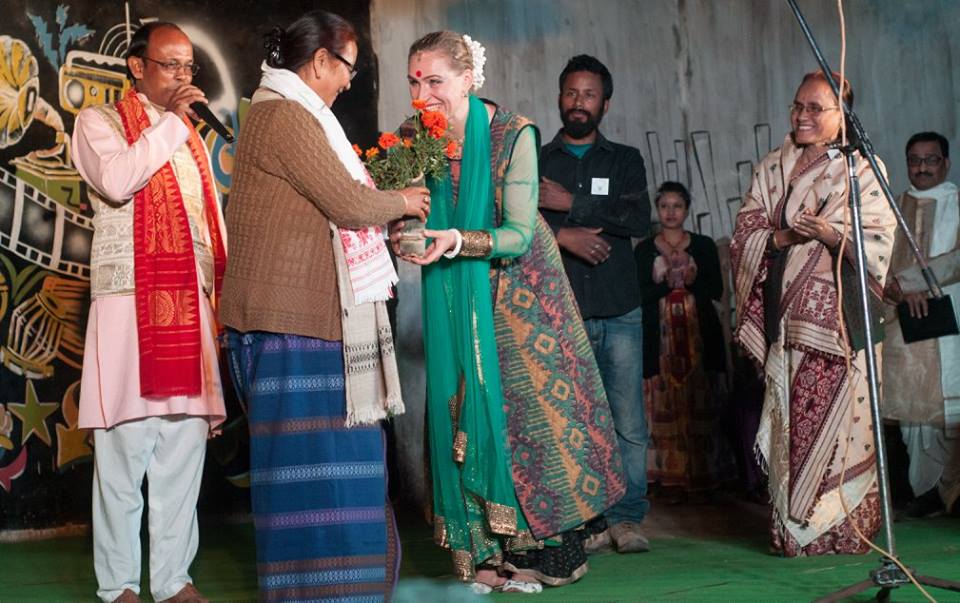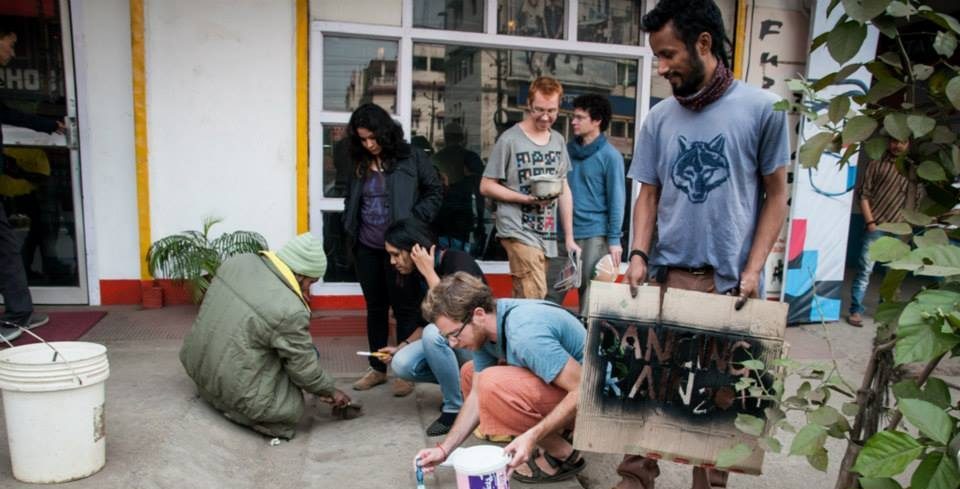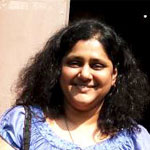COME January, the small village of Barpathar in Assam, located alongside the border of Meghalaya state, will play host to the annual Creative Festival Dancing Rain. One of the much looked forward to events, the festival is the brainchild of sculptor Alak Pathak, an alumni of M S University of Arts, Baroda. The art camp begins on January 2, and culminates in the festival on January 11-12, 2019.
The genesis
“I wanted to do something for my village, and since I was always brought up surrounded by nature, I thought I should do something for it in return,” he says, further adding that this fuelled in him the idea of setting up his own NGO called ‘Parivartan’.

“Parivartan is a space for art, culture, nature and adventure. I started this initiative in the year 2008 by hosting the first ever in North-East India, an international art camp on nature and environment. The organisation continues to do events and activities related to art, culture, health, environment, and tourism, so far. The aim of the NGO is to develop the art scenario and preserve the tradition, culture, and developing nature of North-East India,” he states, further adding that the festival aims to bring awareness amongst locals and support in the international level, regarding environment and global changes in India. The name Creative Festival Dancing Rain, he continues, originated from the colourful butterflies he had come across in the Basistha area during the monsoons. “The name Dancing Rain clicked in my mind. The area where the river Bahini and Shiva temple are located actually comes under Garbhanga forest reserve. The latter is famous for butterflies that resemble ‘dancing’ when moving around. Unfortunately their numbers too are decreasing due to environmental changes,” he points out.
“In 2012, a group of creative travellers from various parts of Europe, South America and Australia arrived at our home. Along with Sebastain Vilarino, we shaped the idea of a creative festival to include art, music, and environ- mental activities,” he states, continuing that their first idea, was to hold the festival on the banks of the river Bahini in Alak’s neighbourhood. Participants, both local and international, have been involved in the festival through various creative ways like shows, workshops, discussions, lectures and art exhibitions.
“The Bahini is a holy river for Hindus which flows next to the famous Shiva temple built in the 18th century by the Ahom kingdoms. The temple was under severe environ- mental threat and that also brought my attention on saving the river. We tried our best to convey our message to the public by organising a festival there,” he recalls, further adding that it was a big challenge for them to clean the river, and conduct a festival on its banks.
Global participation
The week-long first Basistha Creative Camp was concluded by the Dancing Rain International Festival. Local and international participants took part selflessly in this movement involving the youth. Together they performed various activities which encouraged the public to be a part of this river saving activity. A group of visual and performing artists, environmentalists, jugglers, writers, cultural activists etc., with support from local people, finally managed to clean the river.

Eleven participants from countries like France, Czech Republic, Argentina, Germany and Estonia joined hands with the locals to liven up the riverside with installations, paintings, sculptures, poetry, music, dance, and various socio-cultural activities. The whole festival was organised without any financial support from government and any private sector, but with some essential material support and volunteering from the participants and well wishers.
“Two of the participants drove all the way from France to support the present environmental issues by using cooking oil collected from various places on their long journey. It was like sending a strong message to protect and preserve the environment, which was the main motto of the festival. Most of the work during the festival was done either with collected materials, or by using mate- rials from the surrounding. A French artist Rose Baque did an installation of ceramics displayed on a tree, while another artist created land art using materials from the surrounding areas. I worked with stones from the river to create my own kind of installation art,” he adds.
The themes for the festival have always been connected to preservation of forests and nature. During its second year, the festival touched upon the message of ‘Saving the rhinoceros in Pobitora Wildlife Sanctuary’, while in the third year it was ‘Let’s Bring Back the Forest’, and in the fourth year it was ‘Garbhanga is the lung of Guwahati city’, the festival touched upon the themes of and preserving the flora and fauna of the Garbhanga Forest Reserve, respectively. Currently in its fifth year, the theme for this 2019 Festival is ‘Recycling and creating a model village’, which includes all necessities which a village or a locality should have. The festival provides music and dance shows, educational workshops, camping, public lectures, environmental movie screening, etc.
The idea behind this says Alak is to educate people on sustainable ways of living. “What can be better for the village, the locality, and the society around? A village which has proper toilets, a garbage system including recycling and compost making, a library, a playground for kids, a park (in nature). This model village will help send the message to surrounding villages that they too need to develop accordingly.” Alak points out that such festivals are the need of the hour, as they create awareness on issues that need immediate attention. “Nature in itself is a wonderful piece of art, and we need to work towards preserving it with all our might,” he sums up.


 [/column]
[/column]